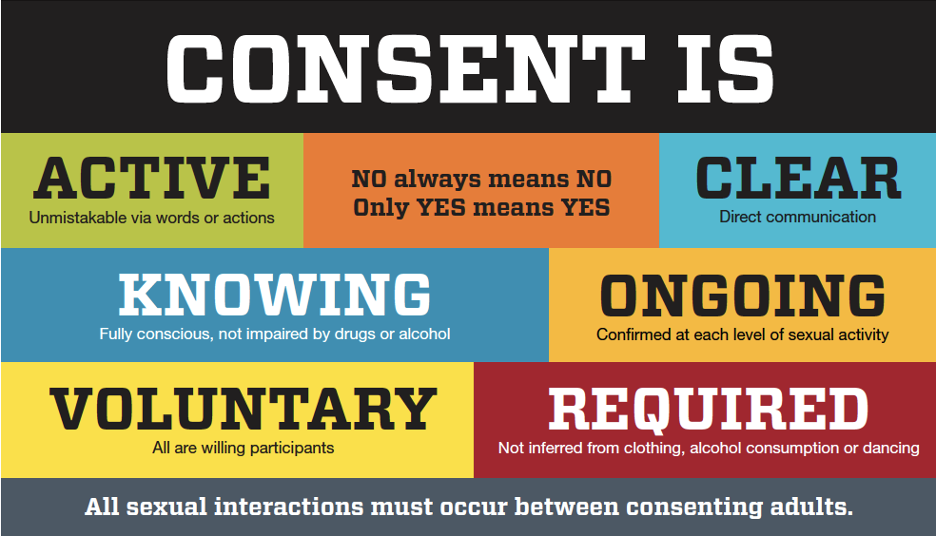By Leisha Toory, Director of Sexual Health and Reproductive Rights
As we commemorate Cervical Cancer Awareness Month in January, it is crucial to address the pressing issue surrounding cervical cancer, ranking as the third most prevalent preventable reproductive cancer among Canadian women and remains a formidable public health challenge. In 2017, approximately 1550 Canadian women were projected to develop cervical cancer, resulting in 400 deaths. While Canada boasts a five-year relative survival rate of 74% for cervical cancer, this figure escalates to 93% when diagnosed in stage I-A, plunging to a distressing 15% in location IV-B.
Screening is a crucial tool for secondary prevention, enabling the early detection of cancer before symptoms manifest. This early detection translates into less aggressive treatments, shorter recovery times, and heightened survival rates, effectively reducing cancer morbidity and mortality. Notably, the primary impact of screening lies in identifying precancerous changes and addressing them before progression to cancer. Women treated for precancerous cervix conditions generally experience excellent outcomes and can avoid developing cervical cancer. Initiated in the 1960s, cervical cancer screening in Canada has played a pivotal role in diminishing the incidence of invasive cervical cancer and mortality rates. Mortality rates consistently declined by 2.8% annually between 1992 and 2008 following widespread implementation of cervical cancer screening.
However, despite the advantages of cervical cancer screening and the accessibility of provincially covered healthcare in Canada, ensuring reasonable access to medically necessary services without out-of-pocket expenses, a critical concern persists. Immigrant women, constituting 20.6% of the total population, continue to be underscreened. This disparity raises significant health concerns, especially considering Canada's ongoing influx of thousands of new immigrants annually.
Economic barriers form a substantial impediment to cervical cancer screening. Low socioeconomic status and insufficient income have been identified as significant hurdles. Despite publicly funded healthcare access in Canada, immigrant women face challenges in affording screening tests due to associated costs, transportation difficulties, and childcare issues. Hourly wage earners, predominantly women from low socioeconomic backgrounds, experience income loss when taking time off work for healthcare provider visits for screening tests. Some Chinese immigrant women even perceive screening as an inefficient use of government resources.
Inadequate reimbursement for physicians completing Pap tests contributes to the low screening rate, compounding the economic barriers faced by immigrant women. Healthcare providers recognize poverty as a significant influence on screening, considering it a lower priority for immigrant populations facing other critical challenges.
Healthcare system-related barriers, particularly from the patient's perspective, are centred around the lack of acceptable healthcare providers, with a preference for female physicians. Patients express greater comfort discussing Pap tests with female physicians. The absence of physicians' recommendations for screening tests further hinders the screening process. Additionally, immigrants encounter difficulties due to scheduling complexities, limited office hours, long waiting times, and challenges in accessing culturally and linguistically appropriate information.
Language barriers compound the issue, hindering immigrant women from effectively communicating in English or French. The lack of fluency in official languages impedes access to healthcare services, scheduling appointments, and engaging in discussions with healthcare providers.
Lack of knowledge is a significant barrier among immigrant women. Difficulties in accessing or navigating the healthcare system, limited understanding of cervical cancer and its risk factors, and misconceptions about the disease contribute to this barrier. Insufficient knowledge of disease prevention and health promotion, coupled with a lack of explanation from healthcare providers, leads to the perception that Pap tests are unnecessary.
In conclusion, while Canada has made strides in cervical cancer screening, significant disparities persist, particularly affecting immigrant women. Economic, healthcare system-related, language, and knowledge-related barriers collectively impede women's equitable access to screening services. Urgent and targeted interventions are required to address these disparities and ensure that all Canadian women have equal opportunities for early detection and prevention of cervical cancer.
Leisha Toory is the founder of the Period Priority Project, the Sexual and Reproductive Health and Rights Director with the Young Canadians Roundtable on Health, and an Honors in Political Science undergraduate at the University of Ottawa.




















